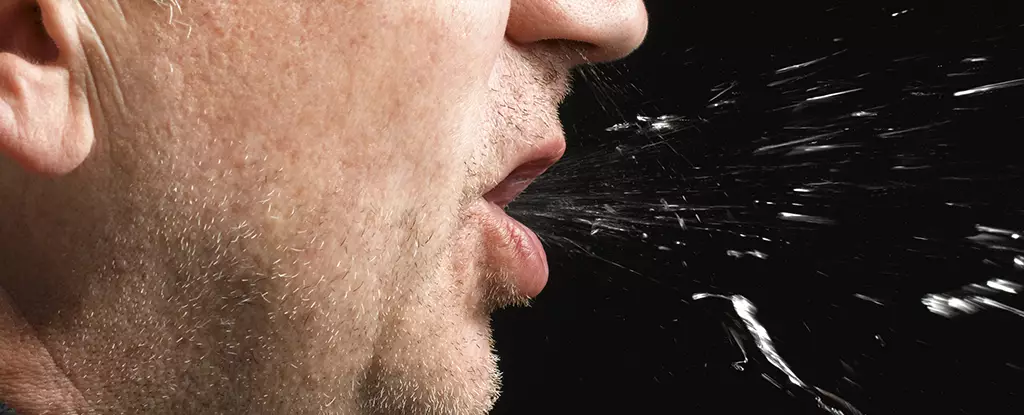Recent advancements in evaluating the mechanics of respiratory droplets—specifically how far and wide they travel—are fundamentally shifting our approach to public health and infectious disease management. Amidst an ongoing global pandemic, the urgency to comprehend droplet dynamics has become exceedingly clear. Researchers in France have delved not just into measurement, but into the implications of these findings for real-world applications. Their latest study, which observes the dispersal of spit droplets during everyday activities, adds crucial data that could be leveraged in formulating better health guidelines and policies.
Methodologies at the Cutting Edge
Utilizing a method known as Interferometric Laser Imaging for Droplet Sizing (ILIDS), the researchers embarked on an experimental journey with 23 volunteers. This innovative technique employs high-speed cameras that capture both the size and velocity of droplets transmitted through laser light, offering unprecedented precision. Through this robust methodology, the researchers aimed to fill a notable gap in existing literature, which has often yielded inconsistent results regarding droplet behavior amidst various conditions. The study succinctly emphasizes that understanding droplet emissions is not merely an academic exercise—it’s pivotal in developing pragmatic strategies to impede pathogenic transmission.
A Closer Look at the Findings
The results obtained from the experiments reveal an intriguing range of droplet sizes—ranging from 2 to 60 micrometers (μm) during speaking and coughing, while normal breathing only produced droplets between 2 and 8 μm. This disparity in droplet sizes underscores an essential truth: the mechanics of human exhalation resemble a complex interplay of forces where speaking and coughing release concentrated jets of droplets, while breathing leads to a more dispersed cloud. Essentially, individuals can vary dramatically in their droplet emission profiles, giving rise to the intriguing concept of “superspreaders.” These individuals can disproportionately influence the transmission of diseases, thereby intensifying outbreak scenarios.
Impact of Protective Measures
Among the most promising findings to emerge from the research is the efficacy of masks in curtailing droplet spread. The data reveal that tissue and surgical masks can obstruct between 74 to 86 percent of droplets across different forms of exhalation. This reinforces the argument for wearing masks not just in pandemic contexts but as a preventative health measure against a broad spectrum of respiratory illnesses. The statistical significance of these findings cannot be overstated—it provides a compelling basis for policy recommendations regarding mask-wearing in both private and public settings.
Individual Variability: A Critical Factor
Perhaps the most captivating revelation from this study was the observed variability in droplet size and velocity across different volunteers. Even individual subjects exhibited significant differences depending on the particular test being conducted. This prompts a deeper inquiry into why certain individuals are superspreaders while others are not. The researchers note that understanding the interplay of personal attributes—like facial structure and respiratory capacity—alongside environmental conditions is crucial for future investigations. These insights could pave the way for tailored interventions to mitigate risks effectively.
A Call for Expanded Research
The study’s authors express a clear intent to broaden their research, advocating for a more extensive range of volunteer participation in future experiments. This enlargement of the sample size would allow them to delineate the variances among individuals more effectively, yielding richer data on the interplay of droplet emission characteristics and mask efficacy. The ultimate goal is to create comprehensive guidelines that inform public health decisions and help reduce the spread of infectious diseases.
By examining droplet dynamics with meticulous detail, this research could serve as a cornerstone for future scholarly work in respiratory transmission, encouraging a more proactive stance on disease prevention. It’s a vivid reminder of the powerful insights that arise when scientific curiosity meets methodical experimentation, propelling us toward safer communal living in the face of infectious threats.

